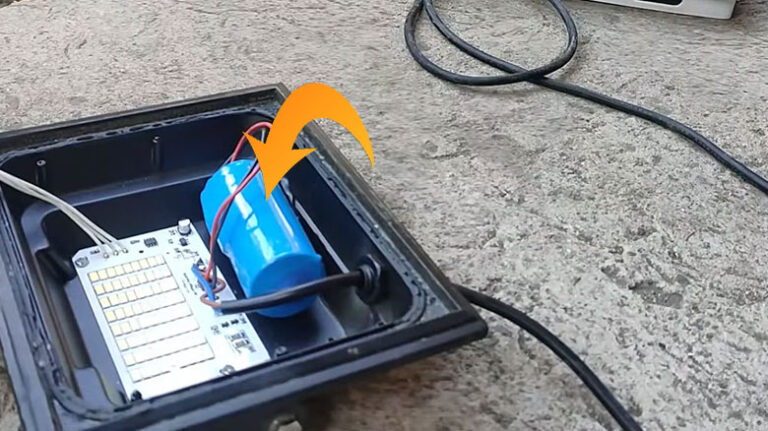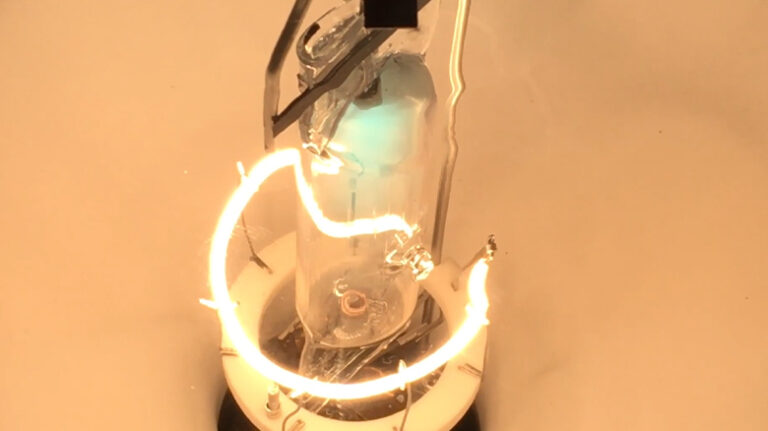2 Pin Vs 3 Pin Navigation Light | Differences
White or colorful lighting systems called navigation lights are employed on spacecraft, boats, and airplanes. It is crucial for night vehicle operation that they give visual signaling and understanding of location, status, and direction between craft or vessels.
You might be curious as to what makes the two- and three-pin different. The three-pin interface is generally used for bow mounting lighting with TAS lights, while the two-pin connection is used for the bow or stern light.
Now let’s see more about these navigation lights in this article!

The 2-pin and 3-pin Navigation Light
You may be wondering what the distinctions between the two-pin and three-pin are! The two-pin connector is utilized for both bow and stern lighting, whereas the three-pin connector is primarily used for bow mount illumination with a TAS light. Although the three-pin is designed for the bow mounting with a TAS light, it can be utilized with just a two-pin navigation light with a minor wiring alteration.
| 2-pin | 3-pin |
| Used for both stern lights and bows. | Primarily Used for Bow mount and TAS light. |
| Two lights are too close together making it moderately visible. | Better visible from any 2-mile direction. |
| Common for recreational vessels. | Works better for larger boats and ships. |
| All lights are placed at the same level in most scenarios. | White light is placed slightly higher than the rest. |
| Simple to install and contains fewer parts. | Complex than 2-pin and consists of more parts. |
The 2-pin navigation light system is the most commonly used system by recreational vessels and consists of two lights, a red and a green light. The red light is always on the port side of the vessel and the green light is always on the starboard side. The two lights are placed on the same level and in line with each other, and both lights should be visible for two miles in any direction.
The advantage of this system is that is it simple to install, and it requires fewer parts than the 3-pin system. The disadvantage of this system is that the two lights are too close together and can sometimes cause confusion for other vessels.
The 3-pin navigation light system is the most commonly used system by larger vessels and consists of three lights, a red, white, and green light. The red light is always on the port side of the vessel and the green light is always on the starboard side. The white light is placed slightly higher than the other two and is visible for two miles in any direction.
The advantage of this system is that the three lights are easier for other vessels to identify and it is more visible at a distance. The disadvantage of this system is that it requires more parts and is more expensive to install than the 2-pin system.
Overall, both the 2-pin and 3-pin navigation light systems have their advantages and disadvantages, and it is important to understand the differences between them before making a decision. The 2-pin system is simpler and cheaper to install, while the 3-pin system is more visible and easier to identify. Ultimately, the choice of which system to use depends on the size and type of vessel, as well as the budget.
Frequently Asked Questions
What Is The Best Sailboat Navigation Light Setup?
The following lights are necessary: On a quiet, moonless sky, red and green sidelights are seen from at least two miles distance, if or less 39.4 feet (12 meters) length, at least one mile down the road. If the boat is less than 39.4 feet long, an all-around white light, or both a masthead light and a stern light.
What Are The Regulations For Boat Navigation Lights?
Side lighting must be viewable from one nautical mile away, and the masthead and stern lighting from two nautical miles away. Dinghies under 12 meters in length must have green and red side lights (reaching the same specifications as a powerboat) and white stern light or they may have a tri-colored masthead illumination.
Do Navigation Lights Need To Be Approved By The Coast Guard?
The United States Coast Guard is worried about the purchase and availability of illegal commercial and recreational vessel navigation lights. Buyers of such illumination should be informed that replacement light may be inappropriate for their application owing to manufacturers’ failure to achieve technical certification standards.
The standards for all navigation lights aboard boats are specified in Rules 20, 21, 22, and Annex I of the “Rules of the Road,” which are the 72 COLREGS or the Inland Navigation Rules (33 CFR Subchapter E).
Are Navigation Lights Required?
You must use the right lighting at night or during periods of low visibility. Navigation lights are used to avoid collisions at night or in low-light conditions, and they are an important tool in keeping yourself and your vessel safe.
Conclusion
Hope this article answers all your questions on navigation lights and the difference between the 2 and 3-pin navigation lights altogether. The navigation light is important for many obvious reasons and can be subject to a fine in some cases if you fail to follow your local navigation light guidelines.






